
Discover the captivating world of origami art with our guide to 10 must-try projects for your after school club.
From exploring various origami techniques and choosing the perfect paper, to showcasing your creations in an exhibition and competing in thrilling competitions, this article offers a wealth of information and inspiration.
Whether you're a beginner or an experienced folder, enhance your origami skills, ignite your creativity, and enjoy the freedom that comes with this timeless art form.
Exploring Origami Techniques
There are five essential origami techniques that every member of your after school club should explore. These paper folding techniques are not only a fun and creative way to spend your time, but they also offer a sense of relaxation and mindfulness.
Origami has long been used as a form of meditation, allowing individuals to focus on the present moment and find inner peace. By mastering the art of origami, students can develop their fine motor skills, enhance their problem-solving abilities, and boost their creativity.
From the simple folds of the classic crane to the more complex designs of modular origami, there is a wide range of techniques to explore. So, encourage your club members to dive into the world of origami and discover the joy and relaxation it can bring.
Choosing the Perfect Paper for Your Origami Projects
When it comes to creating origami art, the choice of paper is crucial. Consider the thickness of the paper you use, as it can affect the final result of your project.
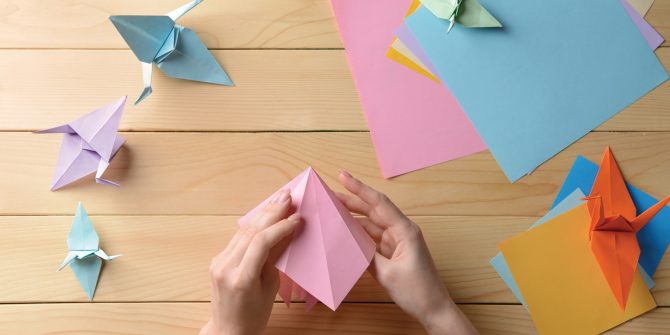
Additionally, explore the vast array of color options available to add a vibrant touch to your creations.
For more intricate designs, specialty papers such as metallic or patterned paper can add a unique flair to your origami projects.
Paper Thickness Considerations
To ensure successful origami projects, it is essential to carefully consider the thickness of the paper used. The weight of the paper can greatly affect the outcome of your creations. Here are some paper weight considerations to keep in mind:
Thin paper (around 70-90 gsm) is ideal for intricate designs and delicate folds. It allows for crisp and precise creases.
Medium-weight paper (around 90-120 gsm) is versatile and can be used for a wide range of origami projects. It provides a good balance between durability and flexibility.
Thick paper (above 120 gsm) is suitable for larger, more complex designs. However, folding techniques for thick paper may require more strength and precision.
Special origami paper, such as kami or washi, is specifically designed for origami. It is lightweight yet sturdy, making it perfect for both beginners and advanced folders.
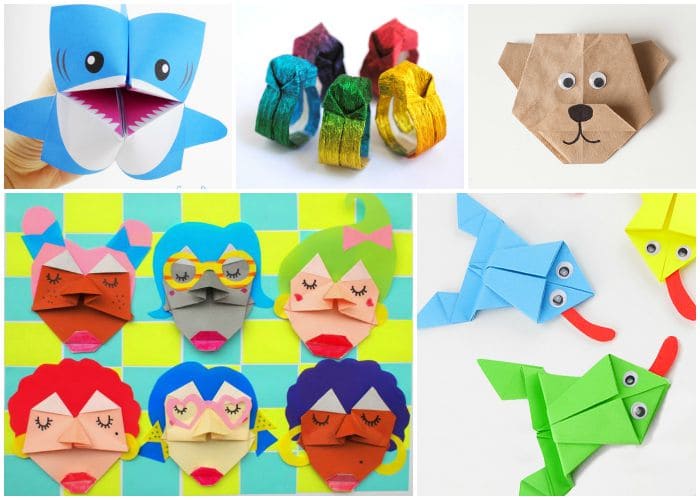
Color Options Available
A variety of color options are available for choosing the perfect paper for your origami projects. The colors you choose can greatly enhance the overall look and feel of your creations. When it comes to origami color combinations, the possibilities are endless.
You can opt for a monochromatic scheme, using different shades of the same color for a subtle and sophisticated effect. Or, you can choose complementary colors to create a vibrant and eye-catching design. Don't be afraid to experiment with incorporating different textures into your origami projects as well. Textured papers can add depth and interest to your creations, making them stand out even more.
Whether you prefer bold and bright or soft and muted colors, there is a wide range of options available to suit your unique style and preferences.
Specialty Paper Recommendations
The selection process for specialty paper, in order to find the perfect paper for your origami projects, can be greatly enhanced by considering various factors. When it comes to decorative paper options, there are plenty to choose from. Here are some recommendations to help you make the right choice:
Thickness: Opt for a paper that is neither too thin nor too thick, as it should be sturdy enough to hold its shape, but also flexible for folding intricate designs.
Texture: Look for papers with interesting textures, such as metallic, embossed, or handmade, to add a unique touch to your origami creations.
Colors and Patterns: Explore a wide range of colors and patterns to suit the theme or mood of your project. Experiment with vibrant hues or subtle shades for different effects.

Origami Paper Suppliers: Consider purchasing specialty paper from reliable origami paper suppliers, who offer a variety of options specifically designed for origami art.
Getting Creative With Themed Origami Designs
Exploring various themes through origami designs can inspire creativity and engage the members of your after school club. Themed origami decorations provide an opportunity for students to express their interests and showcase their artistic abilities.
Whether it's animals, nature, or even fantasy creatures, there are endless possibilities to explore. Origami as a mindfulness activity can also be enhanced by incorporating themes. For example, students can create calming ocean-themed origami to promote relaxation and peacefulness. They can also make origami flowers to represent growth and positivity.
Mastering Two-Dimensional Origami Creations
Mastering Two-Dimensional Origami Creations takes origami to a new level by exploring the techniques for beginners and delving into more advanced paper folding.
From simple shapes like squares and triangles to intricate designs like flowers and animals, two-dimensional origami allows for endless creativity and artistic expression.
Whether you're just starting out or looking to expand your origami skills, these techniques will unlock a whole new world of possibilities for your after school club.
Origami Techniques for Beginners
With an aim to introduce beginners to the art of origami, this subtopic focuses on two-dimensional origami creations and the techniques involved in creating them. Here are four essential techniques that will help beginners master the art of two-dimensional origami:
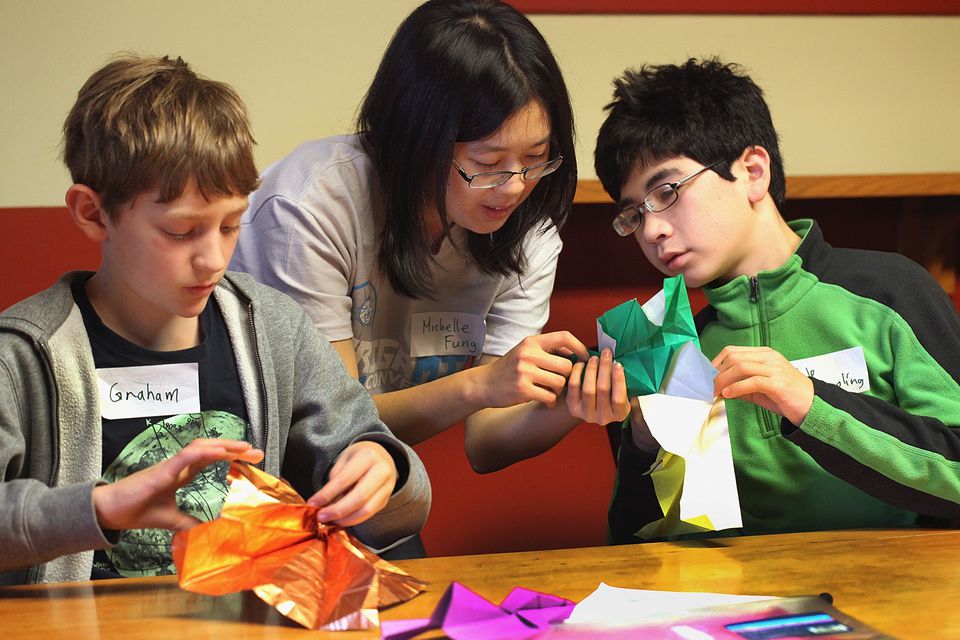
Basic Folds: Start by learning the foundational folds, such as the mountain fold and valley fold, which form the basis of most two-dimensional origami creations.
Origami Animal Creations: Begin with simple animal designs, like a dog or a bird, to practice your folding skills and learn how to create recognizable shapes.
Origami Flower Designs: Explore the beauty of nature through origami flower designs. Learn how to fold petals, stems, and leaves to create stunning floral arrangements.
Paper Selection: Experiment with different types of paper, such as origami paper or colored construction paper, to add variety and visual interest to your creations.
Exploring Advanced Paper Folding
To delve deeper into the world of origami, advanced paper folding techniques can be explored, allowing enthusiasts to create intricate and captivating two-dimensional origami creations.
For those seeking to expand their skills beyond the beginner level, there are a multitude of advanced origami tutorials available online. These tutorials guide individuals through the process of folding complex designs, such as flowers, animals, and geometric shapes.
By mastering these techniques, origami enthusiasts can elevate their artistry and create stunning pieces that showcase their creativity and attention to detail.
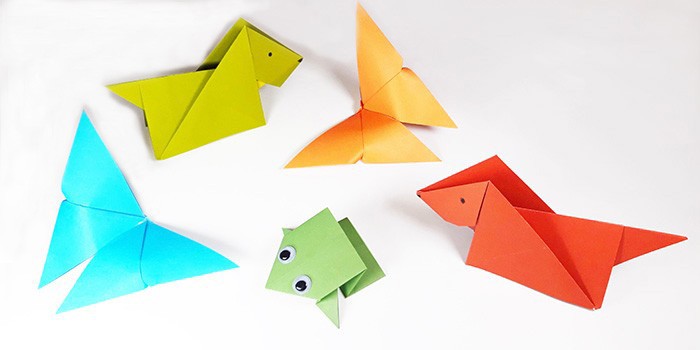
Once these two-dimensional origami creations are complete, they can be displayed in various ways to highlight their beauty. Origami art display ideas include framing the creations, mounting them on canvas, or even creating a dynamic wall installation.
The possibilities are endless, allowing individuals to showcase their advanced origami skills and transform their creations into true works of art.
Delving Into the World of Three-Dimensional Origami Sculptures
Exploring the intricacies and possibilities of creating three-dimensional origami sculptures through hands-on projects is an engaging and rewarding endeavor for your after school club. This unique form of origami allows students to transform a flat sheet of paper into stunning sculptures that come to life in three dimensions. Here are four exciting ways to delve into the world of three-dimensional origami sculptures:
Origami in Nature: Create beautiful flowers, animals, and insects using the art of three-dimensional origami. From delicate roses to intricate butterflies, students can explore the wonders of nature through their paper creations.
Origami in Architecture: Build impressive structures such as buildings, bridges, and towers using the principles of three-dimensional origami. Students can learn about architectural designs while honing their folding skills.
Modular Origami: This technique involves folding multiple units and then assembling them to create larger and more complex sculptures. Students can experiment with different shapes and sizes to construct their own unique creations.
Origami Dioramas: Combine the art of three-dimensional origami with storytelling by creating dioramas. Students can bring their favorite stories or imaginary worlds to life by incorporating origami sculptures into their mini scenes.

Engaging in three-dimensional origami sculpting will not only develop students' creativity, but also foster their patience, attention to detail, and spatial awareness. It's a perfect activity for after school clubs that desire freedom and exploration.
The incorporation of intricate origami designs using advanced folding techniques is an effective way for students in your after school club to enhance their skills and take on intermediate level challenges. Once they have mastered the basics, it's time to push their abilities further with more complex and advanced origami models. These challenges will not only test their folding skills, but also their patience and attention to detail.
One such advanced origami model is the Kawasaki Rose, named after the famous origami artist Toshikazu Kawasaki. This model requires precise folds and intricate shaping to create a realistic and beautiful rose.
Another challenge for experts is the Dragon, a legendary creature that showcases the complexity of origami design.
Showcasing Your After School Origami Exhibition
Once your after school origami projects have been completed, it is important to plan and organize a showcase exhibition to celebrate the students' achievements and share their artwork with others. Here are four key steps to consider when planning your origami exhibition:
Venue Selection: Choose a suitable location that can accommodate your exhibition. It could be your school's auditorium, a local community center, or even a gallery space. Ensure that the venue has enough space to display the origami artwork and can accommodate visitors comfortably.
Display Setup: Design an appealing layout for your exhibition. Consider using stands, shelves, or wall displays to showcase the origami pieces. Arrange them in a visually pleasing manner, grouping them by theme or difficulty level to create an engaging experience for visitors.
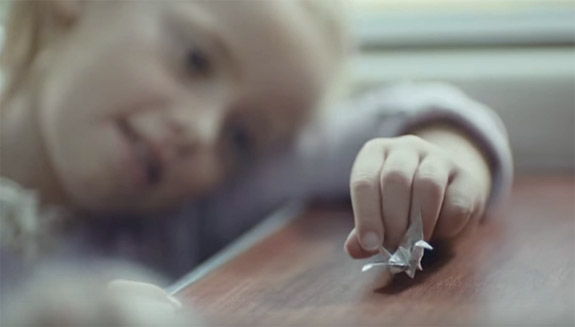
Promotion: Spread the word about your origami exhibition through various channels. Create eye-catching posters, flyers, and social media posts to inform the community about the event. Reach out to local newspapers, radio stations, and online event calendars to help promote the exhibition.
Opening Event: Plan an opening event to kickstart the exhibition. Invite parents, teachers, friends, and community members to attend. Consider organizing live origami demonstrations, workshops, or even a mini origami competition to engage visitors and make the event memorable.
Competing in an Exciting Origami Competition
Are you ready to put your origami skills to the test? Competing in an exciting origami competition is a great way to showcase your creativity and talent.
In this competition, participants will be judged based on their creative folding techniques, adherence to the rules, and overall presentation.
Creative Folding Techniques
By implementing innovative folding techniques, participants can elevate their origami skills and increase their chances of success in the upcoming origami competition. Here are four creative folding techniques that will surely impress the judges:
Modular Origami: This technique involves folding multiple units and joining them together to create intricate and visually stunning structures. Participants can experiment with different shapes and sizes to create unique designs.
Tessellation: Tessellation is the art of folding a single sheet of paper to create repetitive patterns. By mastering this technique, participants can create mesmerizing geometric designs that are sure to stand out in the competition.

Paper Sculpting: This technique goes beyond traditional origami by adding dimension and depth to the paper. Participants can fold, twist, and shape the paper to create intricate sculptures that can be used as creative paper crafts or origami-inspired home decor.
Wet Folding: Wet folding involves dampening the paper before folding, allowing for more flexibility and sculptural possibilities. This technique is particularly useful for creating organic and realistic shapes, such as animals or flowers.
Judging Criteria and Rules
The competition's judging criteria and rules play a crucial role in ensuring fairness and evaluating the participants' origami art projects. Implementing fair rules and regulations is essential to create an exciting and enjoyable origami competition.
The origami judging process involves a panel of judges who carefully assess the projects based on various criteria. These criteria may include the complexity and difficulty of the design, the precision and accuracy of the folds, the creativity and originality of the artwork, and the overall presentation and visual appeal.
The judges may also consider factors such as the use of different folding techniques, the incorporation of unique materials, and the ability to convey a story or message through the origami creation.
Enhancing Your Origami Presentation Skills
Regularly practicing and honing your origami presentation skills is essential for captivating your audience and delivering a successful demonstration. Here are four ways to improve your presentation techniques and incorporate origami into storytelling:
Master the basics: Start by perfecting your folding techniques and understanding different origami models. This will give you confidence and allow you to explain the process clearly to your audience.
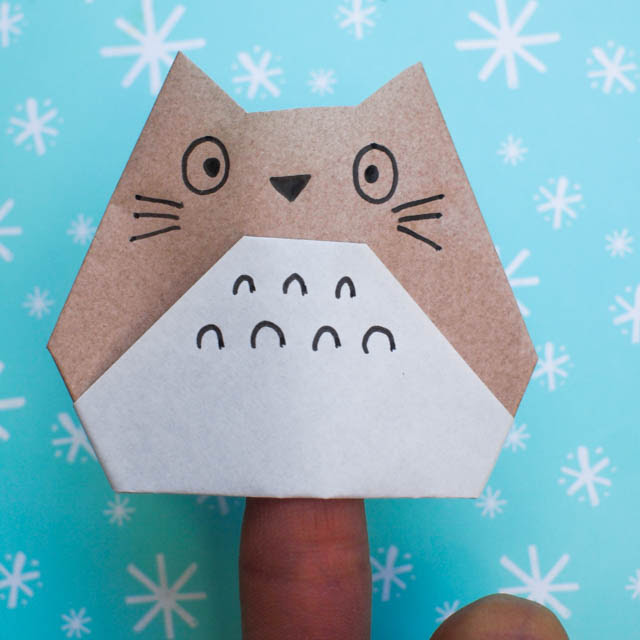
Engage with storytelling: Use origami as a tool to enhance your storytelling skills. Create origami characters or objects that represent the elements of your story, and unfold them as the narrative progresses. This adds a visual and interactive element to your presentation, keeping your audience engaged.
Show, don't just tell: Instead of simply explaining the steps, demonstrate the folding process live. This way, your audience can follow along and better understand the techniques involved.
Practice, practice, practice: Rehearse your presentation multiple times to ensure smooth transitions and confidence in your delivery. This will help you build a connection with your audience and leave a lasting impression.
Collaborating on Group Origami Projects
When working on group origami projects, it is important to effectively coordinate and collaborate with your team members to ensure a successful outcome. Group collaboration is key in order to divide tasks, share ideas, and work together towards a common goal.
Team origami projects can be a great way to foster a sense of unity and camaraderie among club members. Assigning different roles to each member based on their strengths and interests can help maximize productivity and creativity. Encourage open communication and active participation from everyone involved.
Regular meetings and brainstorming sessions can facilitate the exchange of ideas and ensure that everyone's input is valued. By working together as a team, you can create beautiful and intricate origami artworks that showcase the collective talent and effort of the group.
Frequently Asked Questions
How Can I Find Origami Tutorials Online?
Finding origami tutorials online can be easy with the abundance of websites dedicated to this art form. Some of the best websites for origami tutorials include YouTube, Origami.me, and Origami Way. Explore these resources for step-by-step instructions and inspiration.
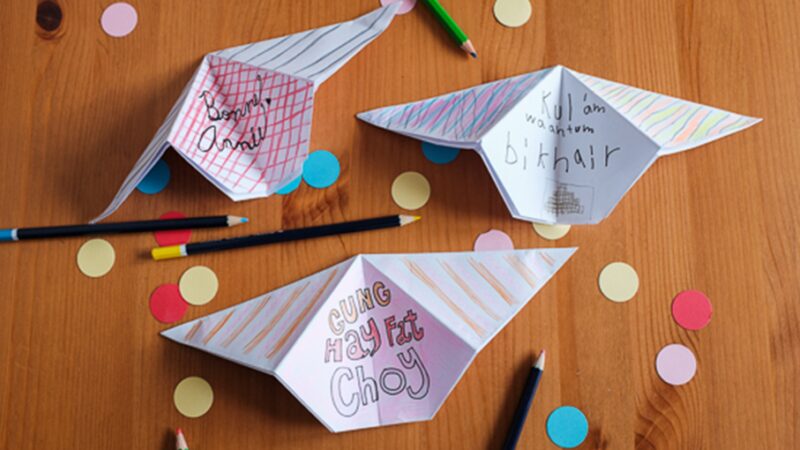
What Are Some Common Mistakes Beginners Make When Starting Origami?
When starting origami, beginners often make common mistakes such as using the wrong type of paper or not properly following instructions. To avoid these errors, it is important to choose the right paper and carefully read and follow instructions.
Origami has been increasingly recognized as a therapeutic practice due to its ability to promote mindfulness and relaxation. It can also serve as a team building activity, fostering collaboration and creativity.
Are There Any Health Benefits to Practicing Origami?
Practicing origami has been linked to various health benefits, particularly in terms of mental well-being. It promotes mindfulness, allowing individuals to focus and engage in a calming and creative activity, which can reduce stress and anxiety levels.
Origami, a cultural tradition with roots in Japan, can be considered both an art form and a craft. Its intricate folding techniques and creative designs showcase the artistic aspect, while its practical applications highlight its craft-like qualities.
 Kids Art ProjectsParty PlanningPaper CraftsOrigami for KidsPrivacy PolicyTerms And Conditions
Kids Art ProjectsParty PlanningPaper CraftsOrigami for KidsPrivacy PolicyTerms And Conditions
